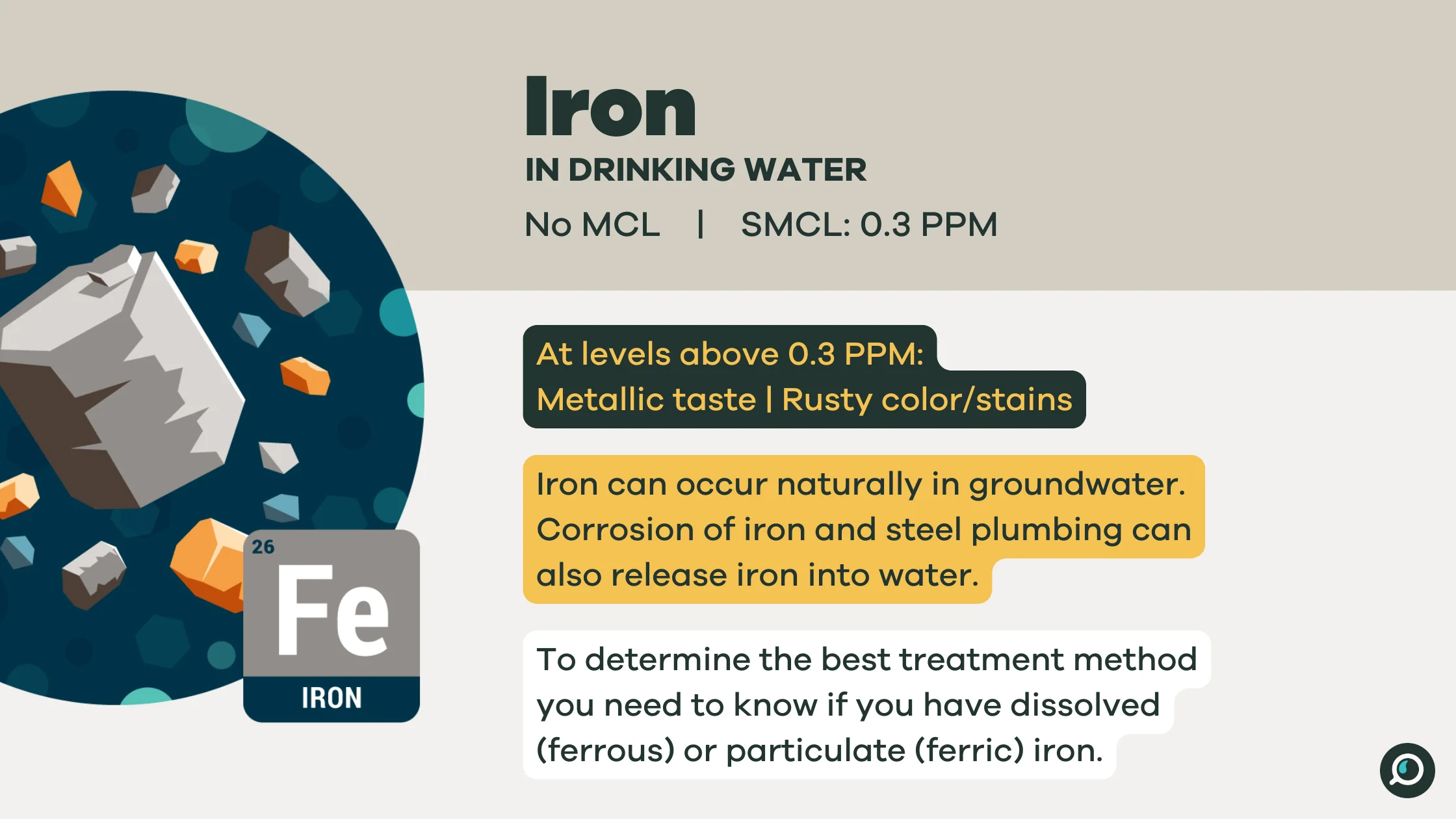The Iron-Toxicity Misconception

Introduction
Among the most frequent misunderstandings about Ocean Iron Fertilization (OIF) is the fear that it could “poison” the ocean with excess iron. This view arises from the word metal, which in common speech evokes industrial pollution and toxicity. In truth, OIF operates on micronutrient scales, not pollutant scales. The added iron is highly diluted, short-lived in the water column, and rapidly incorporated into the natural biogeochemical cycle that already regulates iron in seawater. In both concentration and chemistry, OIF sits thousands of times below any threshold of concern—for marine organisms, ecosystems, or humans.
Iron as a Natural Micronutrient, Not a Pollutant
Iron is one of life’s essential trace elements. Every oceanic food web—from the smallest phytoplankton to whales—depends on it. Yet roughly one-third of the global ocean, especially in the Southern Ocean, equatorial Pacific, and subarctic Pacific, is classified as High-Nutrient, Low-Chlorophyll (HNLC): regions where nitrate and phosphate are plentiful, but biological growth is suppressed by iron scarcity. Here, a few micrograms of iron per cubic meter can determine whether nutrients remain unused or are converted into marine life and exported carbon.

In other words, the absence of iron is far more ecologically consequential than its presence. OIF merely restores what nature itself supplies via dust, volcanoes, melting sea ice, and upwelling sediments—but in controlled, research-level quantities.
The True Quantities: Millions of Times Smaller Than Industrial Pollution
OIF is not about dumping bulk metal. It involves adding iron as a very dilute liquid solution, usually ferrous sulfate (FeSO₄) dissolved in seawater with trace acidification to maintain solubility. The resulting plume is so dilute that even within the immediate fertilized patch, iron concentrations rise only to the order of 0.000056–0.000112 mg/L (micrograms per liter).
For perspective:
The World Health Organization’s drinking-water guideline for iron is 0.3 mg/L.
The marine ecological sensitivity threshold—where the first mild physiological stress in marine organisms might appear—is about 0.21 mg/L.
OIF concentrations are therefore 2,500–5,000 times lower than human safety standards and 2,000–3,700 times lower than ecological thresholds.
These figures show that OIF operates thousands of times beneath both human and environmental safety margins—an enormous safety buffer built into every experiment or field trial.
Why “Iron Toxicity” Doesn’t Apply in Seawater Chemistry
Toxicity in the ocean depends not just on the amount of a substance but on its form. In seawater, iron behaves very differently from industrially discharged metals:
Rapid Oxidation: Once introduced, soluble Fe²⁺ oxidizes to Fe³⁺ within minutes to hours, forming colloids and particulate hydroxides.
Complexation: The majority binds to natural organic ligands—siderophores and humic-like molecules—rendering it chemically stable and biologically moderated.
Scavenging and Sinking: These particles are rapidly scavenged by other particles, settling to deeper layers or being recycled through plankton.
Dilution: Ocean currents disperse these trace additions over immense volumes of water.
As a result, iron never remains “free” or bioavailable long enough to accumulate. The system self-limits by chemistry and by biology.
Natural Iron Inputs Are Vastly Larger—and Entirely Safe
The ocean routinely receives massive pulses of iron from dust storms, volcanic ash, hydrothermal vents, and continental margins. A single dust storm from the Sahara can deliver more iron to the Atlantic than all OIF experiments combined have added since 1993. These events are not harmful—they are vital nutrient infusions that sustain global productivity. OIF simply replicates this natural process on a microscopic, localized, and temporary scale—using quantities that are a rounding error compared to nature’s own.


Iron Is Not Like Mercury, Lead, or Arsenic
Equating OIF to heavy-metal pollution confuses chemistry and biology.
Toxic metals such as mercury, cadmium, and lead have no biological role and bioaccumulate in tissues, causing chronic harm.
Iron, by contrast, is essential and tightly regulated within marine organisms through proteins like ferritin and transferrin. Excess iron is either bound, stored, or excreted.
Marine ecosystems are adapted to wide swings in ambient iron due to dust and upwelling. A short-lived, sub-microgram iron pulse does not disturb this equilibrium; it restores normal physiological ranges where deficiency has prevailed.
Addressing the “Reactive Oxygen Species” Argument
Some critics cite the Fenton reaction, where free Fe²⁺ catalyzes reactive oxygen species (ROS), as evidence for toxicity risk. But in seawater, Fe²⁺ is transient, existing for seconds before oxidizing to Fe³⁺, and nearly all iron is bound to organic ligands that prevent such reactions. Marine organisms have also evolved robust antioxidant systems—enzymes like superoxide dismutase and catalase—to manage the trace oxidative chemistry inherent to ocean life. The concentrations involved in OIF are far too low to overwhelm these natural defenses.
Dilution as a Safety Feature: Why Liquid Formulation Matters
OIF iron is added as a pre-diluted aqueous solution, typically dispersed through specialized nozzles or mixing systems aboard research vessels. The liquid is released into the upper tens of meters of the water column, immediately diluted by hundreds of thousands of cubic meters of seawater. This dispersion ensures that no localized “hotspots” of high concentration can form. The mixing ratio is so extreme that each molecule of added iron is effectively surrounded by billions of water molecules and complexing agents before any organism encounters it.
This design—iron as a fine mist or liquid trace, not a particulate dump—is a built-in safeguard against toxicity and aggregation.
Biological Context: Responses Are Growth, Not Poisoning
What follows an OIF event is not mortality but phytoplankton growth—the same natural response seen after dust deposition or glacial meltwater input. The organisms that respond first are diatoms, whose silica shells sink rapidly and efficiently export carbon. Zooplankton and krill feed on them, extending the effect up the food web. Every major OIF field experiment (IronEx, SOFeX, SEEDS, SERIES, LOHAFEX, etc.) recorded enhanced biomass and carbon export, without any evidence of toxic effects on higher trophic levels or non-target species. No fish kills, no coral stress, no biodiversity collapse—only a transient increase in natural productivity that faded as the iron dispersed.
Monitoring and Safety Verification
Modern OIF trials operate under stringent international oversight and multi-parameter monitoring:
Pre-deployment surveys of baseline iron, plankton composition, and nutrient status.
In situ sensors for dissolved oxygen, pH, redox potential, and fluorescence.
Follow-up sampling for total dissolved iron, ligand-bound fractions, and particulate iron.
Biological assays for stress biomarkers in phytoplankton and zooplankton.
Across all experiments to date, no toxic signatures—neither physiological, chemical, nor ecological—have been observed. The measured concentrations remain far below even the mildest sub-lethal benchmarks known from laboratory studies.
Safety Margins in Simple Numbers
The contrast between OIF and toxicity thresholds is so wide it defies the word “risk”:

| Parameter | Value (mg/L) | Relative to OIF | Comment |
|---|---|---|---|
| OIF concentration | 0.000056–0.000112 | — | Typical post-addition iron level |
| WHO drinking-water guideline | 0.3 | 2,500–5,000× higher | Human safety benchmark |
| Marine ecological sensitivity limit | 0.21 | 2,000–3,700× higher | Onset of physiological stress |
| Volcanic plume or dust input (natural) | up to 0.5–1.0 locally | 5,000–10,000× higher | Common natural enrichment |
Why the Myth Persists
The notion of “metal in the ocean” activates understandable fear. Centuries of industrial pollution have conditioned people to equate metals with damage. Yet this is a psychological reflex, not a scientific one. OIF’s iron additions are micron-scale, transient, and essential—closer to a multivitamin than a contaminant. The persistence of the “iron toxicity” narrative reflects a confusion between industrial discharge and ecological restoration.
Conclusion
Ocean Iron Fertilization is not an act of contamination but of biogeochemical correction. It adds minute, liquid-diluted, trace amounts of iron—thousands of times below any human or ecological threshold—into waters already verified as iron-starved. Chemistry ensures rapid complexation and dispersion; biology ensures natural uptake and recycling. Every major experiment has confirmed that OIF concentrations are well below toxicity limits and consistent with natural iron variability observed from dust, glaciers, and sediments.
When critics imagine “metal pollution,” they picture a spill. In reality, OIF is a teaspoon of dissolved iron in an Olympic pool—a liquid trace designed to mimic the planet’s own nutrient cycles. The risk is not from too much iron, but from too little—the ongoing iron deficiency that limits ocean life, fisheries, and the planet’s natural capacity to draw down carbon.
← Back to all misconceptions